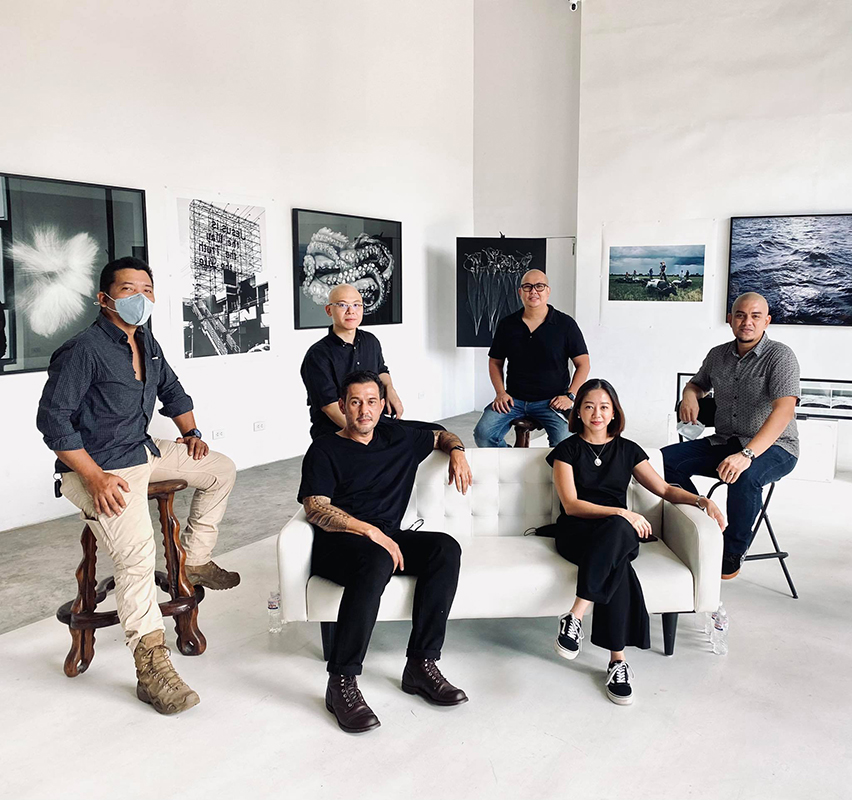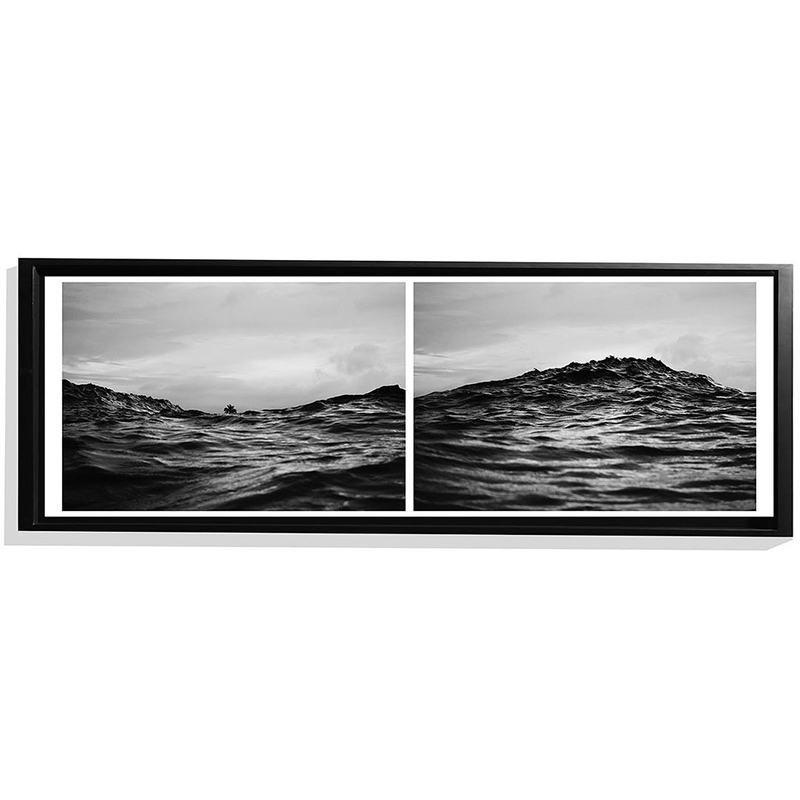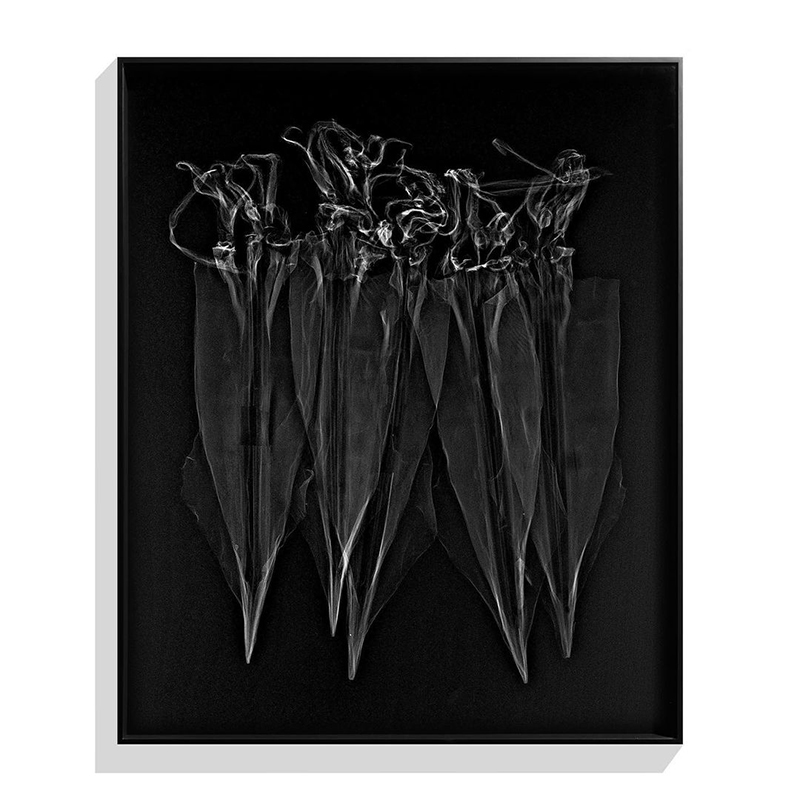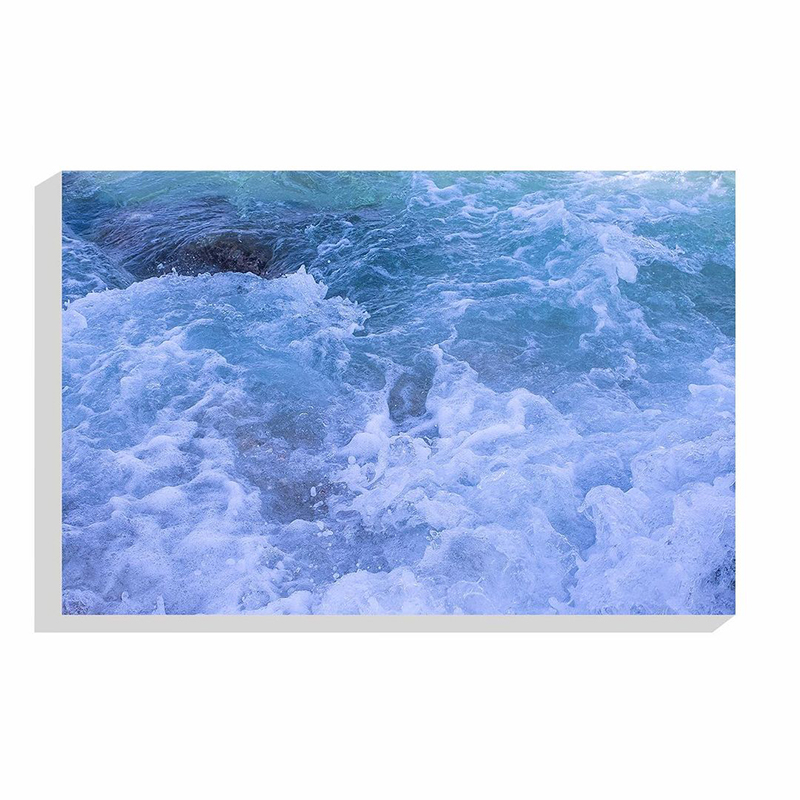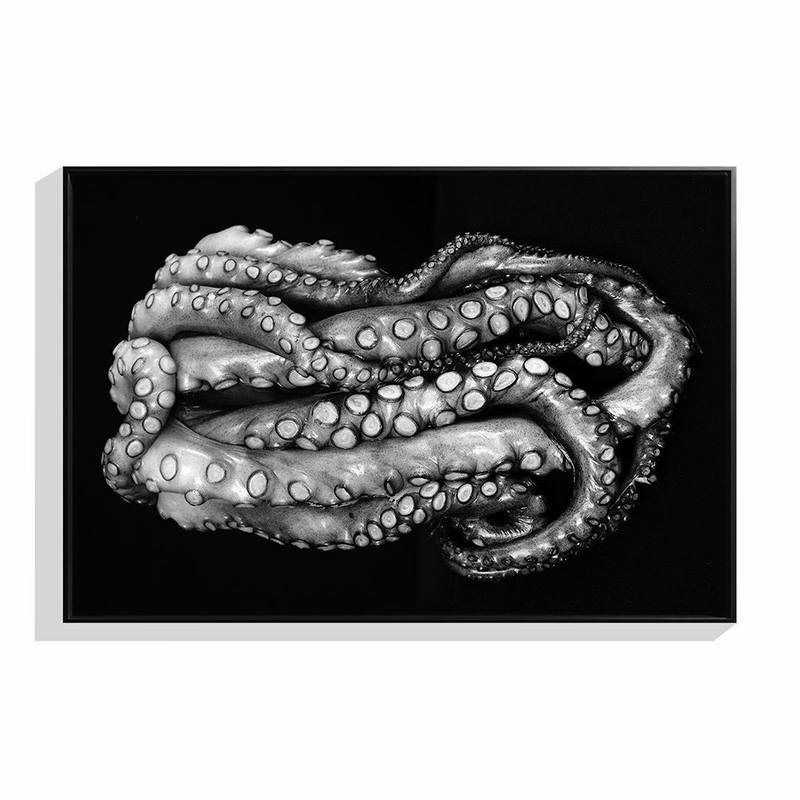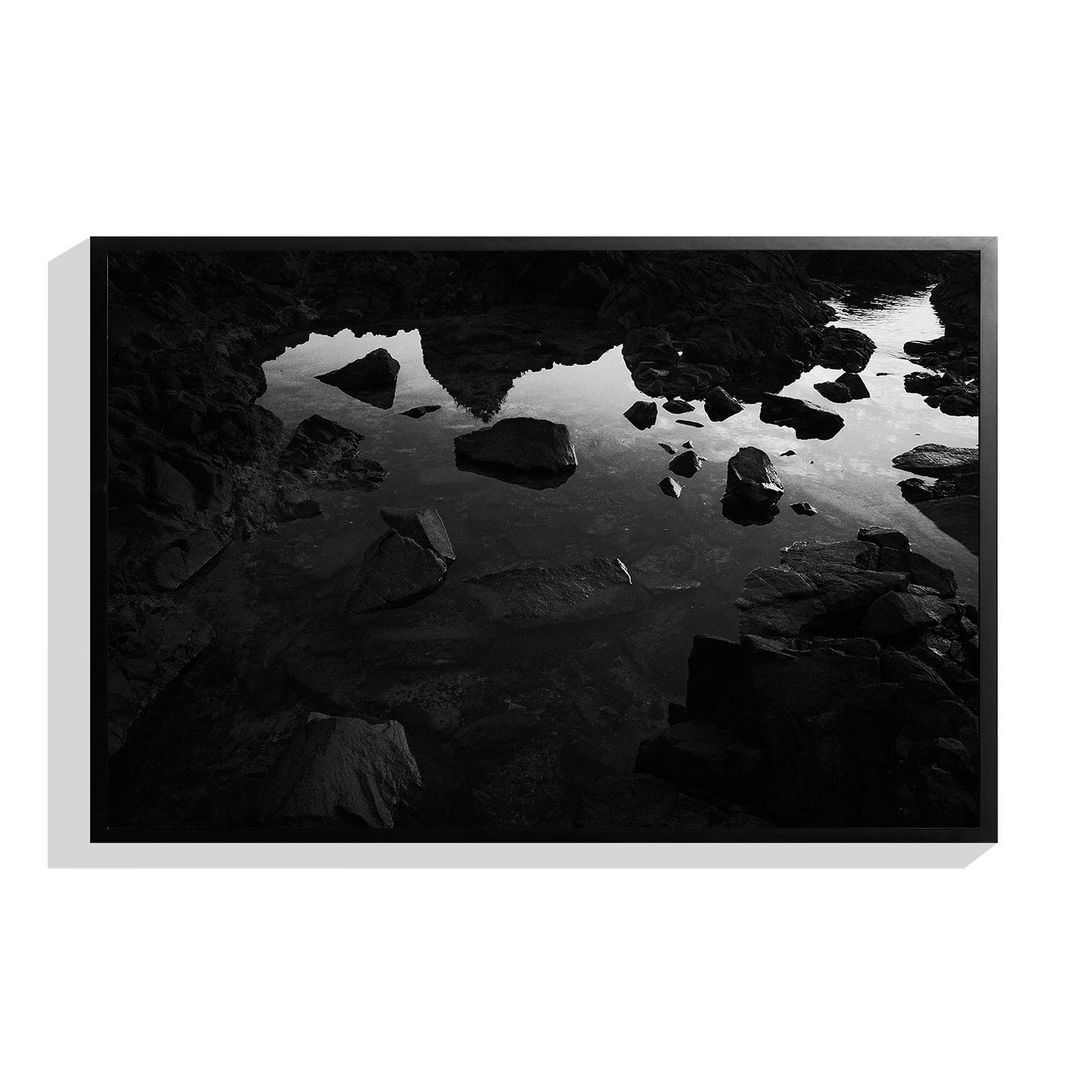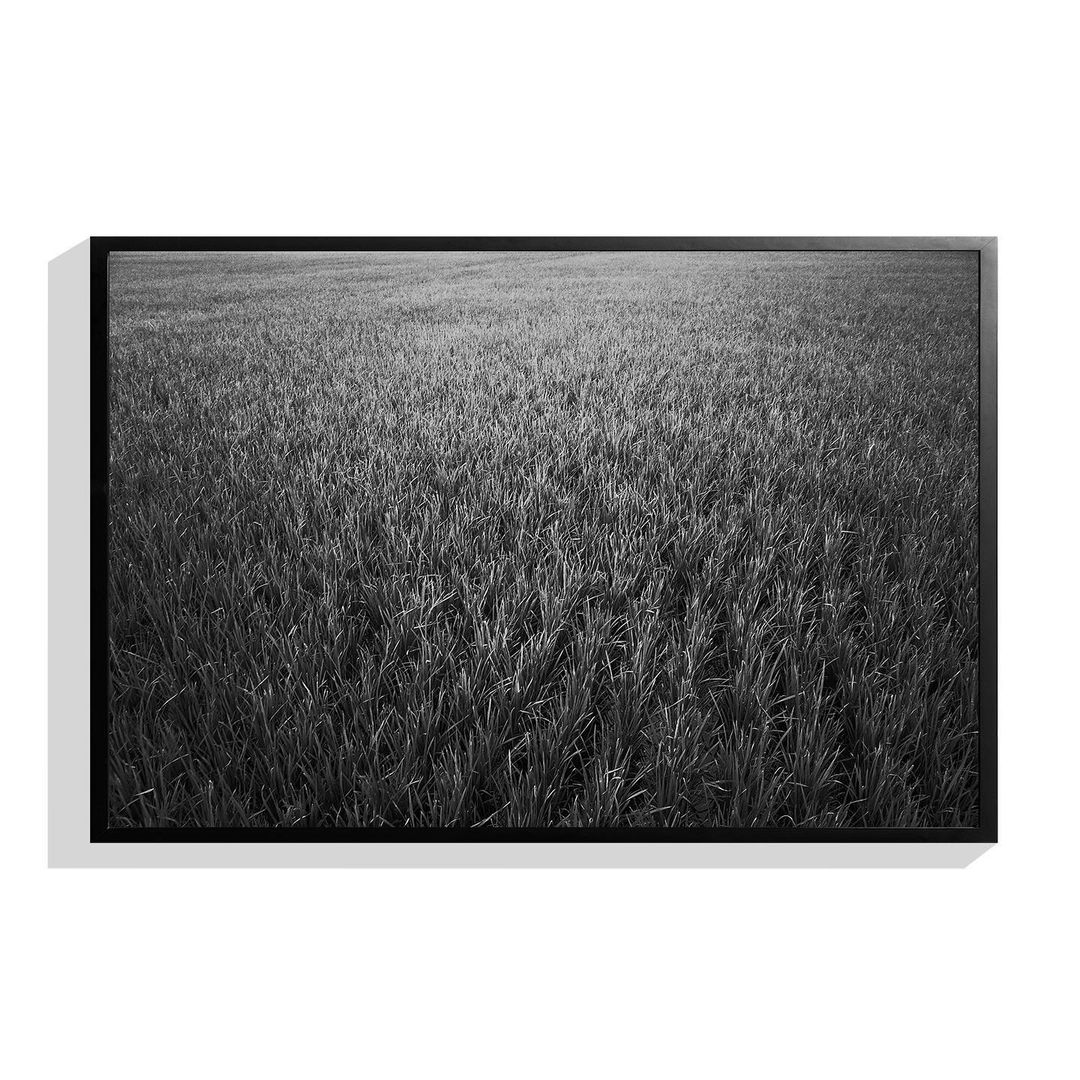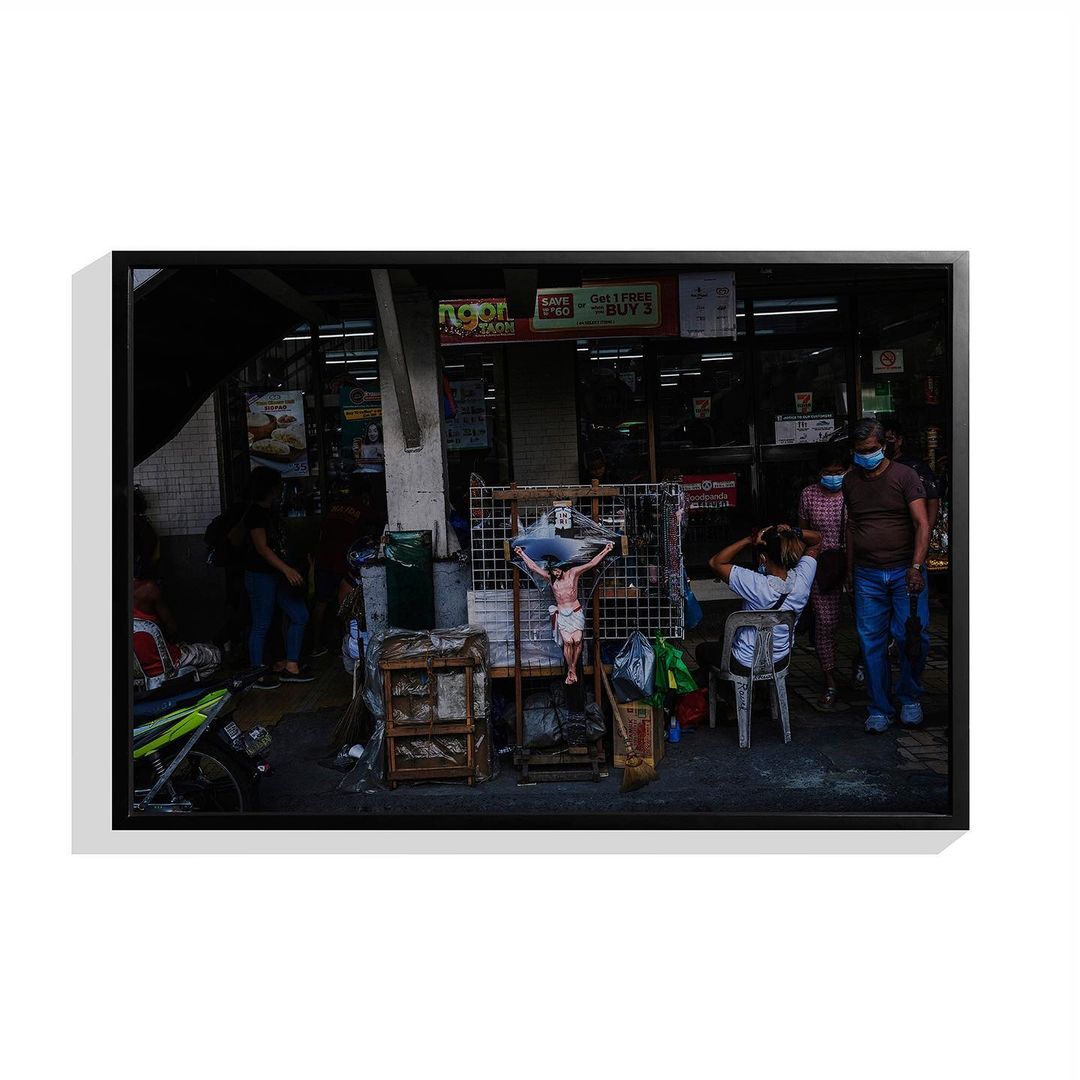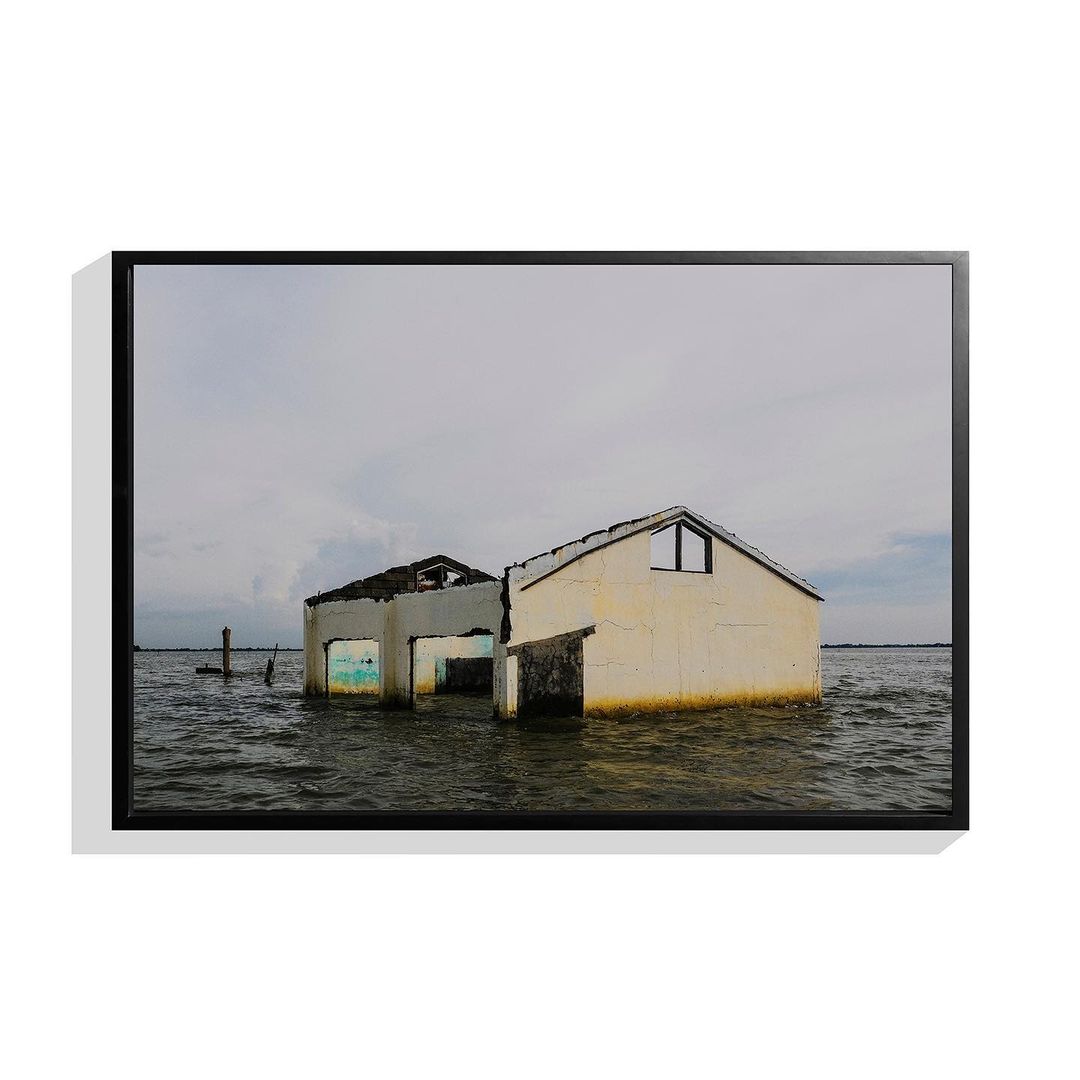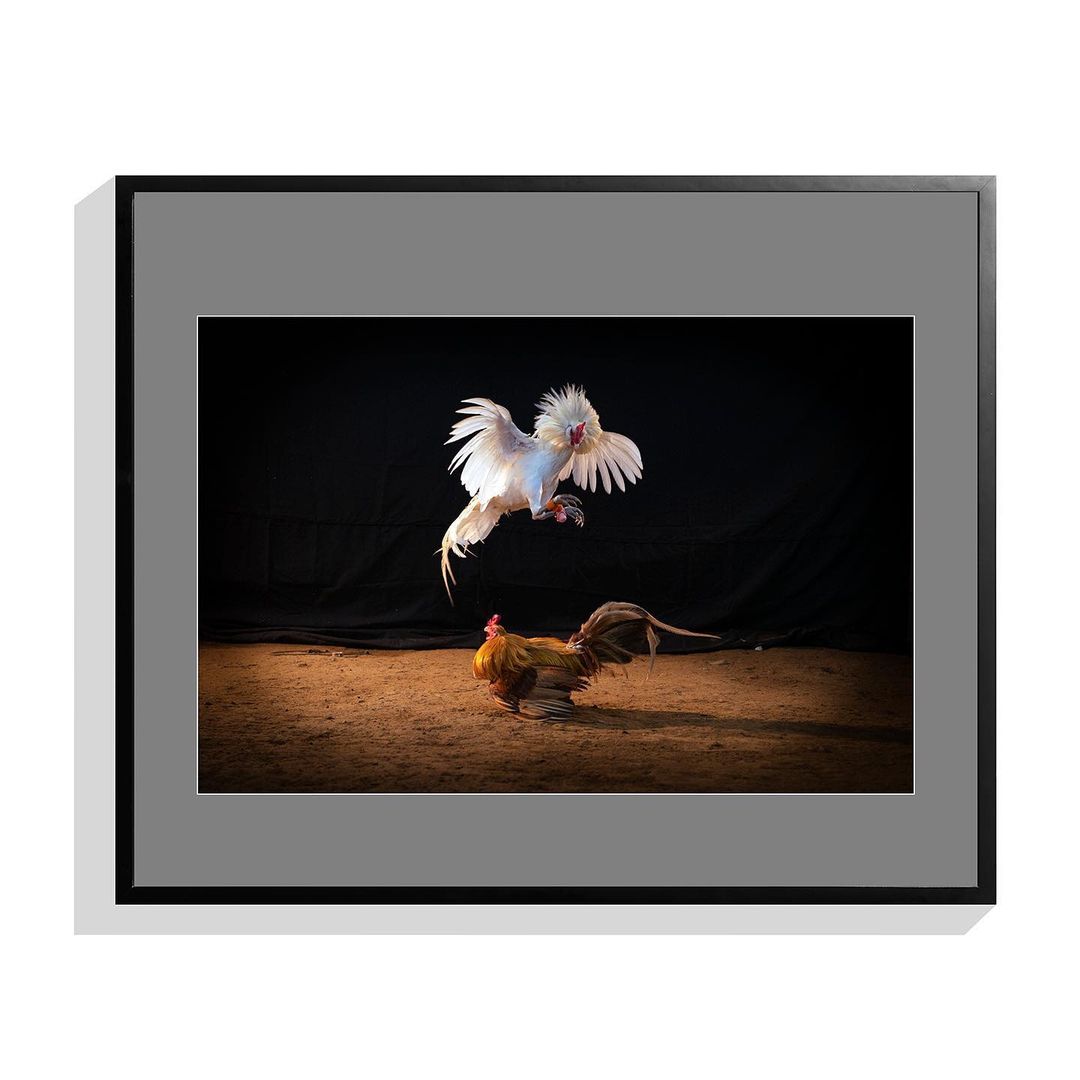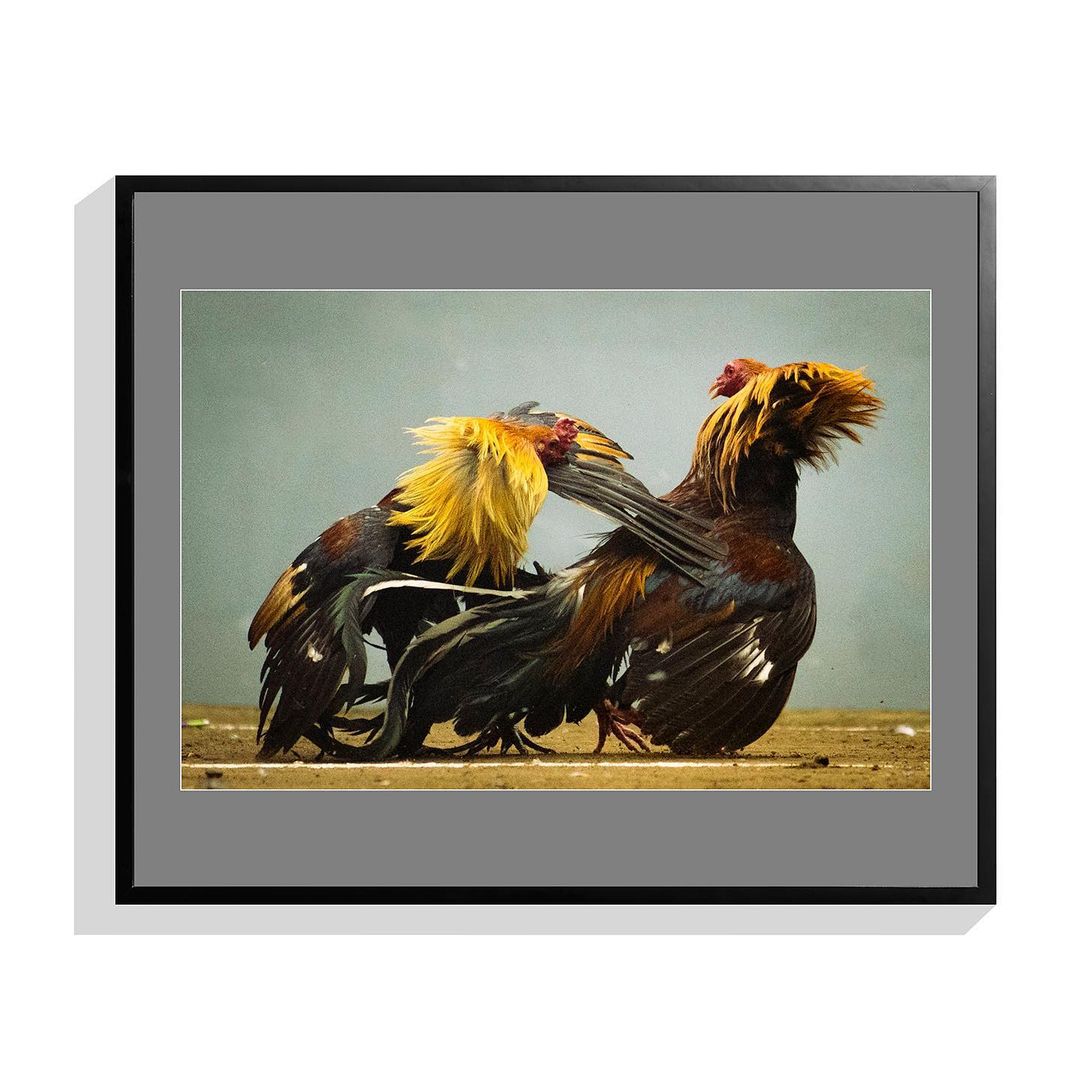Thanks in large part to the ubiquity of the camera, there are few art forms as widely intuitive as photography. And with more exhibitions and platforms springing about for Filipino photographers, a keen awareness of their practice as an artistic medium has been soaking. For one collective in particular, “soaking” is exactly the word. Like a seed ready to sprout and break ground, each photograph contains in its frame the building blocks for new life: its firm roots drawing from the earth and bearing – as per the collective’s title – Strange Fruit.
Strange Fruit comprises photography stalwarts Francisco Guerrero, Raena Abella, Jason Quibilan, E. S. L. Chen, VJ Villafranca, and Jes Aznar. Together, they aim to “champion photography as an artistic medium” and highlight “the tragedy and beauty of life in the archipelago.” Fittingly to their name, Strange Fruit conveys similarities to plant behavior as to how they propagate – considering, too, how we viewers consume and digest photography today. The way by which they want their works disseminated is to understand the term almost literally. Eaten whole, the strange fruits’ seeds remain intact in roving animals, then to be passed on elsewhere and stamped into new grounds.
Their works debuted in Art Fair Philippines this year. The exhibition drew inspiration from “natural elements,” Guerrero stated. Prevalent among them was water.
Guerrero’s black and white photographs titled The Wave features the fluidity of the element. One work in the series shows a diptych of waves. The left shows the crown of a coconut tree peeking in the background just above the wave’s crest, eliciting a feeling of safety and a connection to another essential element, the earth.
Jason Quibilan’s X-ray experiments also bear an aquatic undertow. His series Sub/Objects, begun in 2019, emphasizes the use of technology in the art of photography. The result is an uncanny and otherworldly photograph of an otherwise commonplace Filipino food staple: dried squid and fish.
Raena Abella’s series Sea Foam I & II, Untitled I & II, and La Mer I & II are more of a tight and selective perception of being in and around the water. They speak of an intimate fascination for the sea, which features the dynamic and active energy of the moving water, the foamy surface texture, and the serenity invoked as light dances on top. Her Still I & II shows a well-composed octopus that resembles more of a fruit than an animal, reminiscent of Edward Weston’s bell peppers.
E.S.L. Chen’s work is personal, an interplay with light and his environment: one early morning, he woke up to photograph a mysterious patch of water and rocks. His Rice Field in Aurora reveals a sense of wonder for his surroundings, as they were his daily companions in transit. In Observing Swashes of Eight Waves, Chen shows how photography can fix or preserve fleeting moments of nostalgia, a tangible form of compound sentimentality. And his Barringtonia displays his fondness for light as it helps create a haunting spectral image of the flower.
Veejay Villafranca presents a continuing series of photographs titled Barrio Sagrado, with which he involves himself with Filipino faith, religiosity, and the day-by-day struggles of the people in the country. The work shows how ritual and religious practice have evolved amid the pandemic and how people adapt to a crisis. He also has some photographs of sacred structures partially submerged in water, perhaps because of a recent storm or a tidal surge. It resonates with the mythical story of the great cleansing flood of the cosmos that left the earth silent and into a renewed state, in which Noah gifted agriculture to humankind.
Last is Jes Aznar’s ongoing series exploring the ancient blood sport of cockfighting in the Philippines, a direct reflection of Filipino society and tradition. These spectacular photographs show elegant fighting roosters in deathlock, touching on how beauty can be found amid battle, if at least for those who survive. Despite the nature of this macabre whim, what can this costly collection of photographs teach us? Can it invoke a duty to learn the beautiful and the terrible things in this world essential for survival?
The seed of photography as art in the Philippines has grown, sprouted, and uplifted culture and generated appreciation for local ingredients and elements. Is it safe to say that a strange world will ultimately bear Strange Fruit? As the famous Chef Georgie would always say: “Enough with the looking, let’s taste!
Anchor photo courtesy of Strange Fruit, all images of works courtesy of their respective artists. For more, view Strange Fruit on Instagram.
Ike Penabella (b. 1981) graduated with a bachelors degree in fine arts, major in painting, from the University of the Philippines; he has been focusing his arts-practice with photography and the perpetual pursuit for the gentle art.

